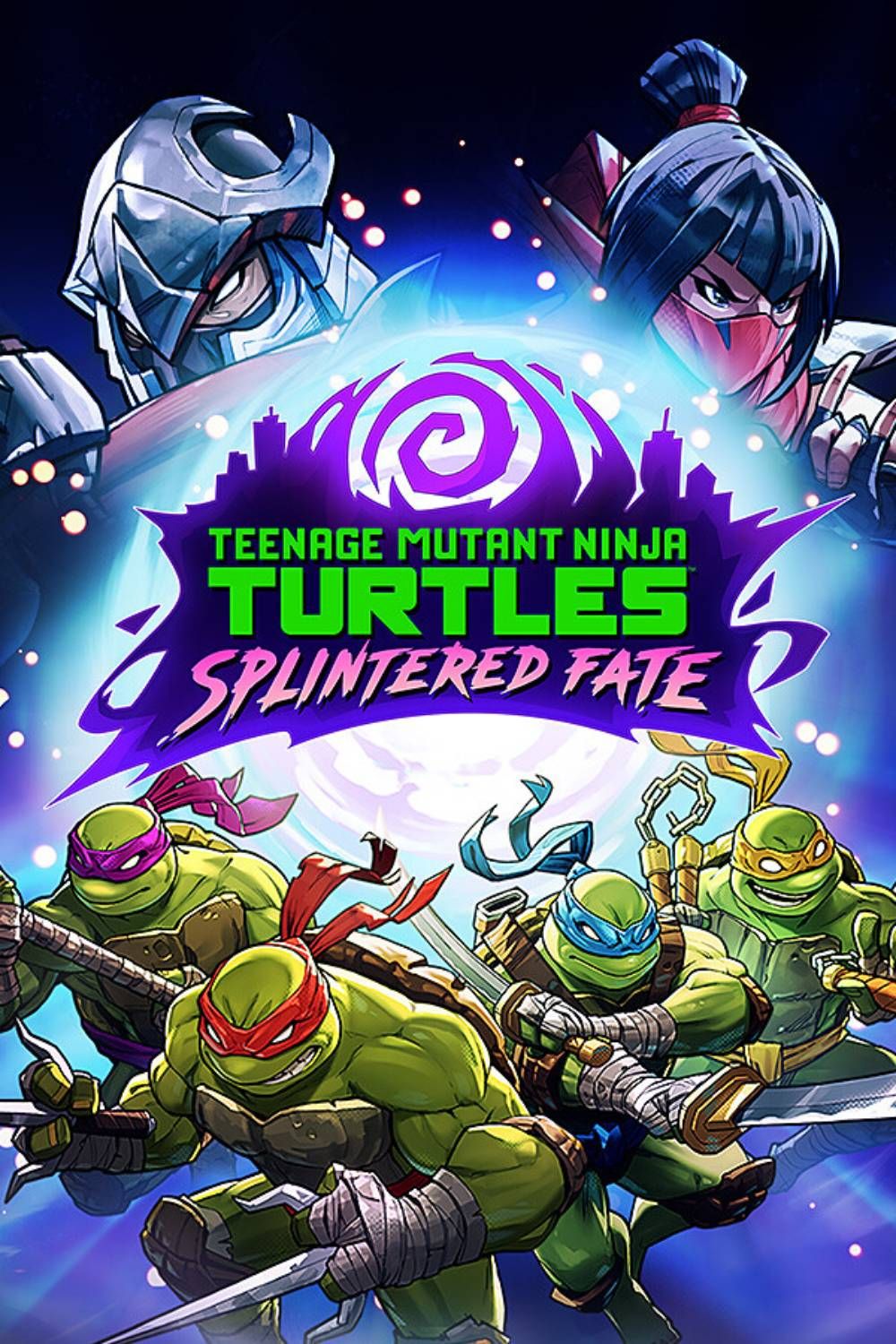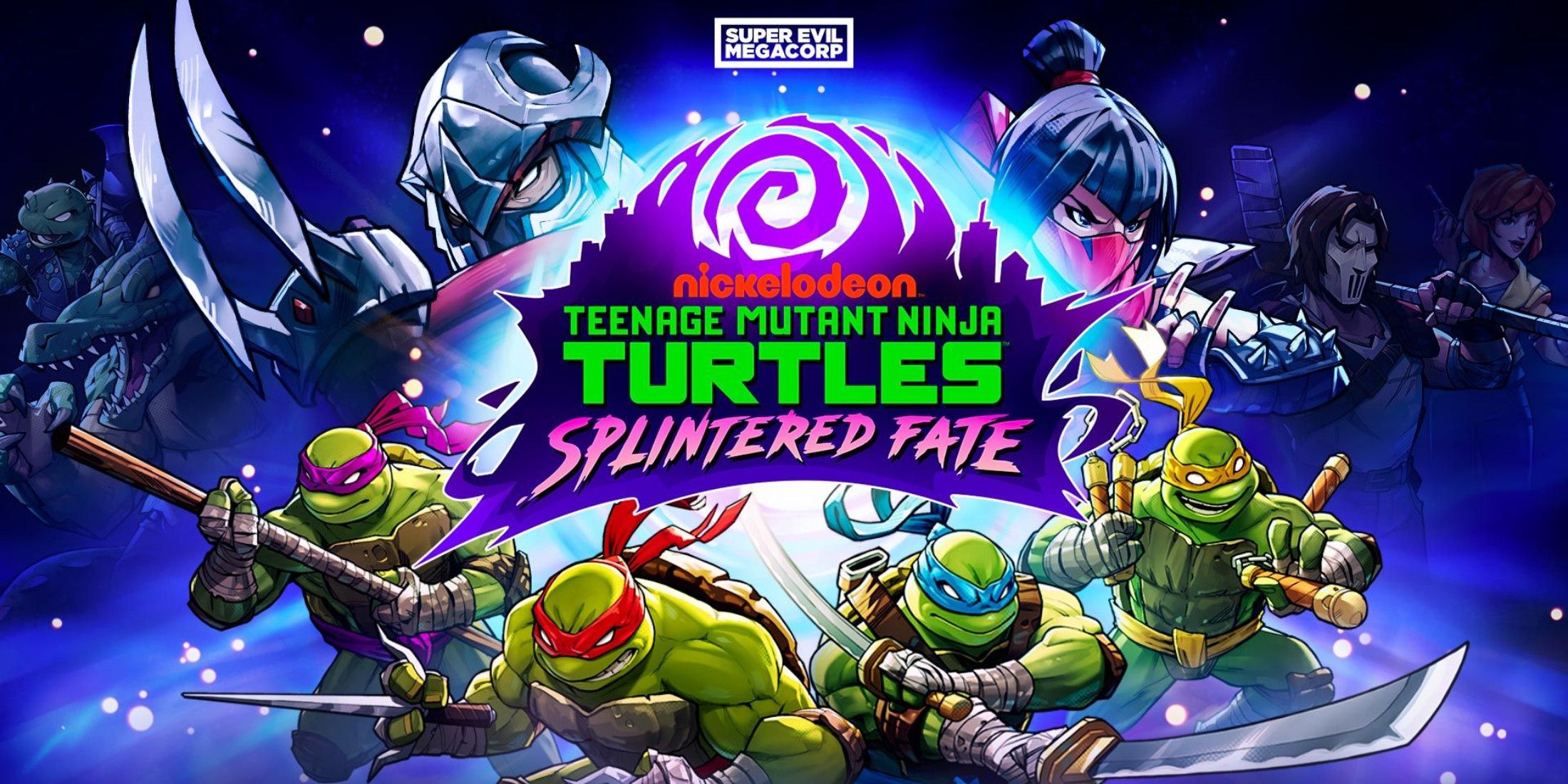Super Evil Megacorp’s Teenage Mutant Ninja Turtles: Splintered Fate has been on Nintendo Switch and iOS devices for a while now, satisfying players with its easy-to-grasp combat and multiplayer functionality. On November 6, 2024, PC players will get the chance to get their hands on this Hades clone, which should come as good news, since it’s a fairly great time.
The Hades comparison is an unavoidable one, as TMNT: Splintered Fate isn’t at all shy about being influenced by Supergiant’s 2020 smash-hit roguelike; just about every aspect of the game feels distinctly Hades-inspired, right down to minute elements like UI and how dialog is presented on-screen. This level of familiarity can be something of a double-edged sword for Splintered Fate, which is at its best when it is closely emulating the white-knuckle combat and satisfying progression of its Grecian progenitor. Still, its parallels can also serve as a reminder that it’s a watered-down version of a superior product.
If you remove Splintered Fate from the ever-growing shadow of Hades, you might just find what Super Evil Megacorp clearly tried hard to create: a relentlessly addictive roguelike with great multiplayer and acute, old-school charm. It doesn’t try to reinvent the wheel, but it’s not a wheel that needed to be reinvented in the first place.
TMNT: Splintered Fate Succeeds Where It Counts
Splintered Fate follows the four iconic adolescent reptiles as they attempt to rescue Master Splinter—a journey that takes them through four distinct zones, each of which is well-realized, if a bit uninventive (words that describe much of Splintered Fate). Like so many other action-roguelikes, Splintered Fate rewards players with upgrades upon clearing each “room” in a given zone, and the cumulative effects of these myriad upgrades—some short-term, some long-term—determine a player’s capability during a run.
These upgrades offer valuable insight into how Super Evil Megacorp approached Splintered Fate‘s overall design through the lens of Hades. In a word, they are uninspired, not doing much to differentiate themselves from the basic stat boosts and elemental buffs present in just about every other action-RPG, and unlike a game like Hades, which contextualizes its power-ups within the narrative, Splintered Fate just hands them to the player, which seems like an odd missed opportunity. Additionally, these upgrades can be hit-or-miss in terms of their utility, as some will offer only the most incremental and bland advantages, like an extremely short-lived conditional shield from projectile attacks, while others will be absurdly overpowered.
There’s a noticeable lack of polish and balancing with these upgrades, but this makes Splintered Fate a bit more enjoyable, in a strange way. It’s remarkably easy to create a broken build early on in a run, as elemental powers like Utrom and Ooze greatly buttress DPS, and choosing them over less impactful elemental upgrades like Water or Astral can lead to massive damage capabilities that synergize nicely with several different playstyles. The downside of this unbalanced progression system is that Splintered Fate winds up lacking in build variety. Ultimately, stacking uber-powerful upgrades atop one another in rapid succession is fun and gratifying, albeit in a somewhat shallow way.
This commitment to player empowerment is also reflected in how Splintered Fate handles cross-run progression, AKA permanent upgrades. Two types of in-game currency, Dragon Coins and Dreamer Coins, can be used to purchase different upgrades in the Dojo, such as a flat increase in attack damage or movement speed, with no trade-off. This is rather unlike other games in this genre-space, which often balance out such permanent buffs by requiring a player to choose between one or the other. Splintered Fate lets you have it all, offering aggressive power creep in exchange for variable gameplay and player expression. This design choice makes the game a good dopamine generator, but players who favor in-depth progression systems or stat-tweaking will likely be disappointed.
Some Notes On TMNT: Splintered Fate’s PC Performance and Multiplayer
The best part about Splintered Fate could very well be its multiplayer. I only got the chance to play local co-op during my time with the game, and it worked well, for the most part. There were a few odd glitches here and there, mostly while attempting to operate menus in co-op, but these appear to have been patched out at the time of writing. Assuming that there are no more similar shortcomings, I can confidently recommend Splintered Fate to those looking for a Hades-adjacent experience with friends.
Up to four people can play
TMNT: Splintered Fate
through local or online co-op.
On the subject of technical performance, Splintered Fate on PC is fairly polished and stable. I experienced no major bugs or crashes during my playthrough, and the game ran at a consistently high FPS with no noticeable hiccups. Granted, Splintered Fate is far from graphically intensive and is already available on lower-spec devices like the Switch, but its smooth transition to PC should nevertheless be mentioned.
Teenage Mutant Ninja Turtles: Splintered Fate doesn’t offer much room for the player to get frustrated or, quite frankly, challenged, as a lot of its difficulty is transparently manufactured and tied to linear progression systems that give the game its structure and longevity. At times, this makes it more enjoyable than even the most well-crafted roguelikes, but this is comparable to the difference between fast food and fine dining: one gives you quick and easy satisfaction, but the other offers an experience you’ll remember for months or even years. It’s up to the consumer to decide what they are more in the mood for.

Reviewed on PC
- Developer
- Super Evil Megacorp
- ESRB
- Everyone 10+ // Fantasy Violence
- OpenCritic Rating
- Fair
- Fun progression
- Great multiplayer
- Satisfying combat
- Uninspired gameplay
- Middling storytelling
- Inescapably derivative of Hades
Teenage Mutant Ninja Turtles: Splintered Fate is currently available on Nintendo Switch and iOS, and will release on PC and Mac on November 6, 2024. Game Rant was provided a Steam code for this review.










Leave a Reply